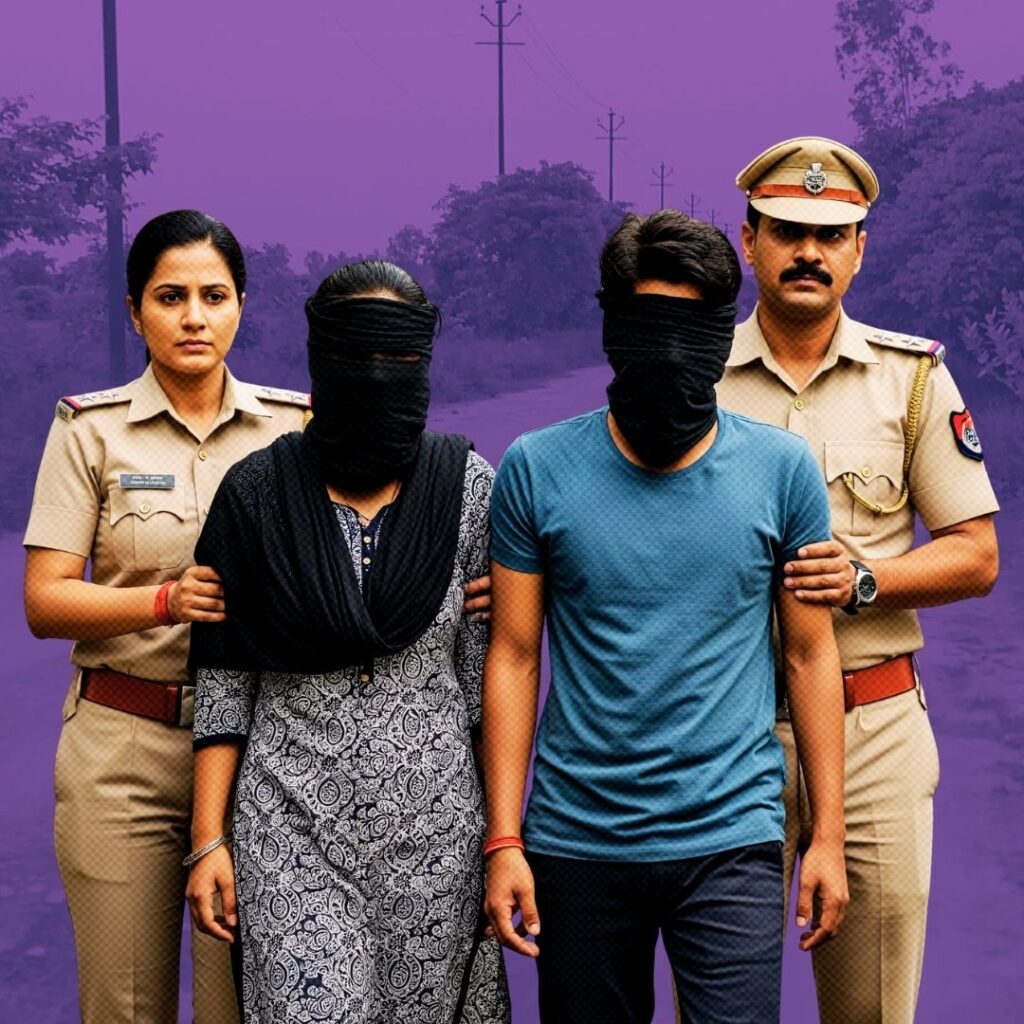More than 70 children have lost their lives in a tragic incident of medical mismanagement in Baba Raghav Das (BRD) Medical College Hospital in Gorakhpur, Uttar Pradesh (UP) in the past week. The numbers have risen in the past few days and they continue to rise, with some media outlets reported that the number as on Monday, 14 August, could be as high as 79.
Most deaths were reported from the neonatal and encephalitis wards.
The deaths were reportedly caused due to non-payment of outstanding accumulated dues worth Rs 68 lakh that the hospital owed to Pushpa Sales, the sole supplier of liquid oxygen to the hospital.
The private company wrote to the hospital repeatedly warning that supply of oxygen could be disrupted if dues were not cleared. The same was also publicised by local media outlets days before the deaths began.
College officials said they had forwarded requests regarding the same to the government but received no response (the college has a history of being severely underfunded).
“I wrote at least three letters,” BRD Medical College principal Rajeev Misra told television reporters on Saturday, adding that he had even flagged the issue in video conference discussions.
After the state-run hospital failed to repay its dues, the oxygen supplier cut off the supply.
A partial repayment of Rs 22 lakh was done only on Friday, 11 August, one full day after the tragedy began, one full day when 23 children lost their lives.
30 kids died in hospital without oxygen. This is not a tragedy. It’s a massacre. Is this what 70 years of freedom means for our children?
— Kailash Satyarthi (@k_satyarthi) August 11, 2017
The tragedy has ignited outrage across the country and abroad. Nobel Peace laureate Kailash Satyarthi termed the tragedy a “massacre”. It has also evoked a political firestorm over allegations of administrative mismanagement and Gorakhpur being UP Chief Minister Yogi Adityanath’s constituency for almost 20 years.
Response of BRD Hospital and the government
BRD’s Chief Medical Superintendent Dr RS Shukla denied the deaths had been caused by a lack of oxygen supplies when asked by Reuters.
The hospital, in a statement, said there had been a “drop in pressure in the supply of liquid oxygen” on Thursday, but added cylinders were procured from various other suppliers.
The state government too initially declined media reports saying the deaths were due to lack of oxygen supply. District Magistrate Rajeev Rautela told the media that the deaths were not due to cutting off of oxygen supply but were “due to different medical reasons”.
UP’s Health Minister Siddharth Nath Singh outright denied the deaths were due to shortage of bottled oxygen. Singh also stated that encephalitis had been prevalent in the area for a long time and there is a history of casualties increasing this time of the year.
The state government suspended the head of BRD Medical College, Rajeev Misra, late on Saturday and ordered an investigation into contracts to supply oxygen.
CM Yogi Adityanath and Union Health Minister JP Nadda reached BRD Hospital in #Gorakhpur pic.twitter.com/W9XT28GAOl
— ANI UP (@ANINewsUP) August 13, 2017
Chief Minister Yogi Adityanath blamed the medical college’s principal, officials and the oxygen supplier. On Saturday evening he said that it will be “despicable if the deaths turned out to be caused due to oxygen shortage”.
According to a report by Hindustan Times, on August 9, Adityanath had reviewed the arrangements in the hospital during his two-day visit to Gorakhpur but the officers did not tell him about the impending oxygen crisis due to non-payment of the bills.
On Sunday, Adityanath visited Gorakhpur, which has been his constituency for five terms. Accompanying him was Union Health Minister JP Nadda, who promised the full cooperation of the centre in resolving the crisis. The Chief Minister promised a full-fledged inquiry into the tragedy and promised “stringent action” against the guilty.
“We have formed a high-powered committee under the state chief secretary to probe the reason of the deaths of children in the BRD Medical College and the supply of oxygen. Stringent action will be taken against the guilty, whether in Gorakhpur or elsewhere,” Adityanath said.
PM is constantly monitoring the situation in Gorakhpur. He is in constant touch with authorities from the Central & UP Governments.
— PMO India (@PMOIndia) August 12, 2017
MoS Health Anupriya Patel & the Union Health Secretary will take stock of the situation from Gorakhpur.
— PMO India (@PMOIndia) August 12, 2017
The Prime Minister’s Office (PMO) on Saturday said that Prime Minister Narendra Modi is constantly monitoring the situation in Gorakhpur and is in touch with central and state authorities.
The union government has also announced the setting up of a regional medical centre at a cost of Rs 85 crore in Gorakhpur for research into children’s diseases.
Response of O…











